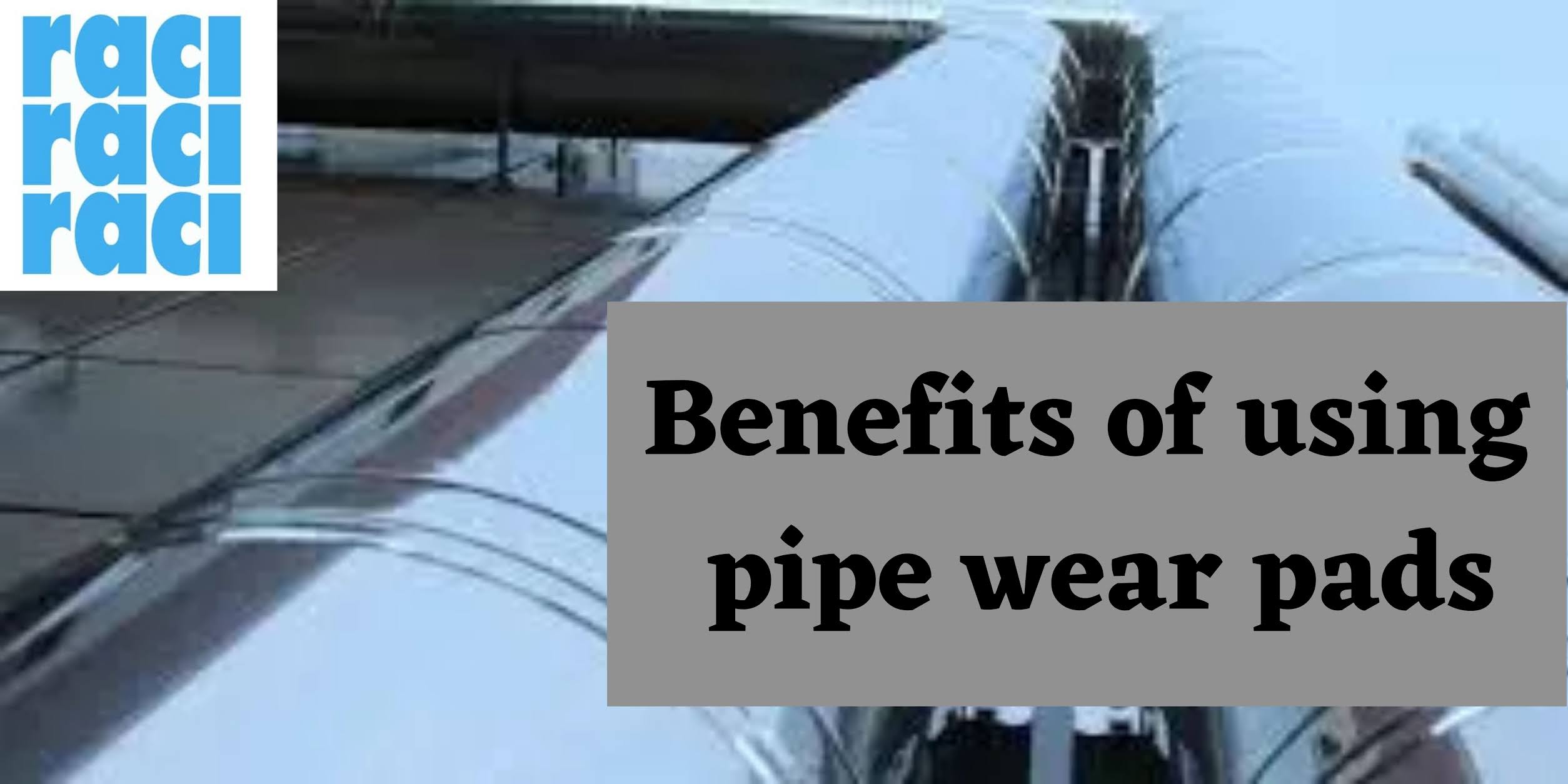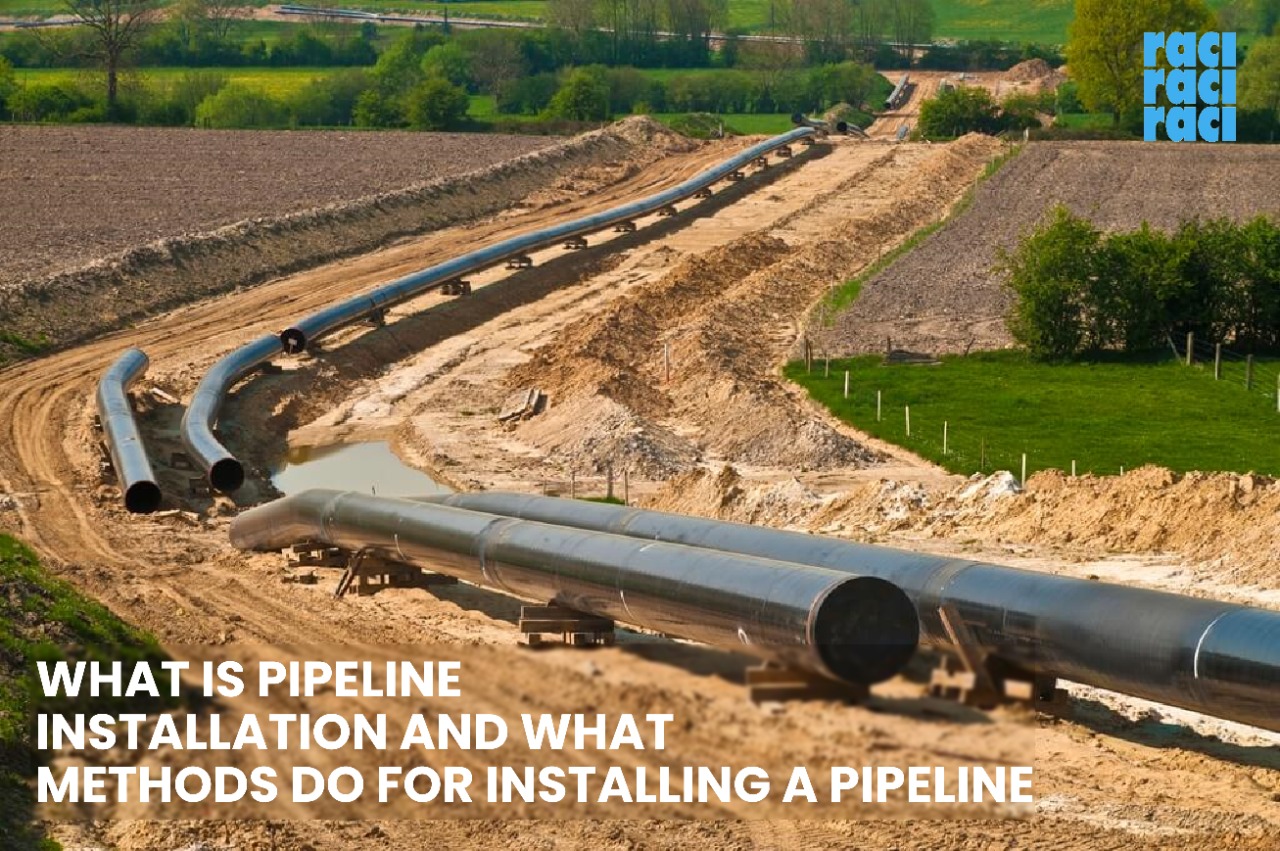Gas Pipeline In India: The next big thing going to happen

The Indian government has big plans for the gas pipeline in India . They plan to invest Rs.7.5 trillion in the development of gas and oil infrastructure. The gas requirement of the country is 53% imported and they are working to meet these growing gas needs and limit imports. Over the next five years, the prime minister has big plans to expand the gas pipeline infrastructure in India. Till 2024, India is planning to spend $60 billion on building an infrastructure that includes gas terminals and distribution networks across the country. The pipeline installation companies are all set to create a gas pipeline network that is 16000 kilometers long. They are hopeful the network would be completed in the next four to six years. The most recent 450 km Kochi-Mangaluru gas pipeline is completed and will be serving 2.1 million people with piped natural gas. Along with the pipeline installation , 700 compressed natural gas stations are also installed. The Kochi-Mangaluru Gas pipeline in India





